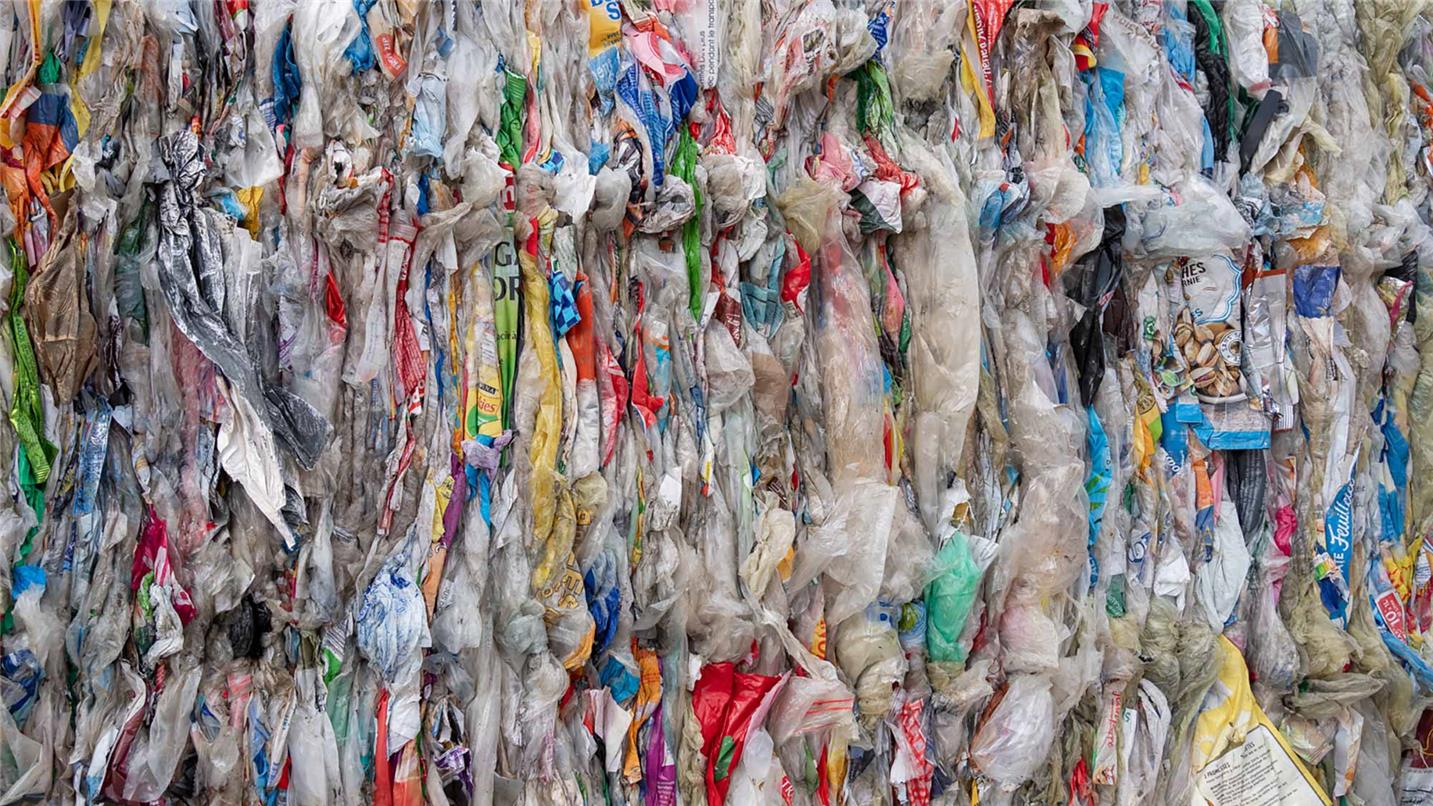Direct access to your recycling and recovery challenges
Our waste recycling and recovery priorities to address the challenges relating to the environment
For more than 160 years, we have worked daily to improve the positive impact of our operations in waste.
With the growing challenges we face in relation to the environment, protecting natural resources has become more of a central priority than ever.
Traditionally based on collection volumes, the waste treatment sector now needs to adapt in order to address challenges such as climate change, the energy crisis and the scarcity of resources. We need to get the full value out of industrial and household waste and pave the way for new solutions.
Our activities are changing and adapting towards a circular economy model, supporting economic growth by means of increased materials recycling, energy recovery and solutions that aim to protect the planet’s limited resources. At SUEZ, it is our firm belief that we will achieve this transition by working together and prioritising our efforts and innovations.
Decarbonising industry
Reduce industrial group’s carbon footprint by developing more sustainable and efficient waste management and treatment solutions.
- 6.4 million tonnes of CO2 equivalent were avoided by our customers in 2023
- 79% of emissions avoided by our customers relate to use of recycled materials
Rolling out preventive measures on a regional basis
Helping city councils and their users to reuse, in order to reduce production of household waste in local regions.
- Thanks to the performance contract in place since 2022, Greater Montauban has already reduced its bulky items by 31%, green waste by 17% and household refuse by 7%.
- In partnership with the Greater Manchester Combined Authority, we opened the largest reuse depot in the United Kingdom, where more than 234,000 items have already been sold since 2021.
Producing recycled materials
Find innovative ways of recycling and reusing materials (packaging, paper/card, etc.) and rare metals in order to minimise reliance on non-renewable resources:
- We produced 2.7 million tonnes of secondary raw materials in 2023.
Plastic recycling
Develop more efficient and sustainable sorting and recycling technologies and processes in order to speed up the creation of a plastics circular economy.
- We produce over 80,000 tonnes of plastic each year for use in food, farming and industry.
Energy generation
Capitalise on the potential of waste to support the energy transition and encourage generation of energy for our customers and users.
- We generate 7.3 terawatt-hours of energy each year worldwide.
- In Europe, we are already able to supply electricity to more than 1.5 million people thanks to energy recovery from household waste.
- With our biogas production, we can supply the equivalent of 400,000 people with gas.
Supporting sustainable mobility
Offer more environmentally friendly technologies, circular loops and cleaner fuels, thereby supporting the transition.
- We are starting to recycle strategic materials such as nickel, cobalt and lithium from electric vehicle batteries.
- Thanks to our subsidiary Boone Comenor Metalimpex (BCM), we can draw on 125 years of expertise in recycling ferrous and non-ferrous metals generated during the automotive production process.
- In June 2024, with SMITDUVM, SIPEnR and Banque des Territoires, we started construction of the biggest renewable hydrogen production and distribution plant in France. The plant will be able to produce 1 tonne of hydrogen a day from energy recovered from waste.
Optimise the waste life cycle

Accelerate the major transitions through innovation
We benefit from first-rate teams and facilities in France and worldwide, supporting our ability to innovate.
Thanks to the expertise of our 1,100 experts, our 1,700 patents and our 10 research centres, we will double the number of waste projects between 2022 and 2027.
We are at the forefront of PFAS treatment in waste thanks to our laboratory equipped with an HPLC-MS/MS system that can reliably and quickly detect, identify and quantify PFAS in hazardous waste.
Our engineering and construction expertise means we are able to design new infrastructures and plants with lower greenhouse gas emissions and a reduced environmental impact, generating more resources for local regions.
We use technology and AI to offer new solutions and optimise infrastructure and process performance in waste collection, sorting, treatment, recycling and recovery, and even to encourage sustainable practices thanks to digital tools to help users.
With partners such as Airex Energie, we have adopted an open innovation approach, working together to come up with solutions for our customers.
Finally, we work with sociologists and behavioural economics experts and support behavioural innovation to help users do more to recycle their waste.
Contact us
Do not hesitate to contact us if you would like to know more about our waste recycling and recovery services.
Our team will be happy to answer your questions and help you find the best solution to meet your needs.



